Bundle Branch and Fascicular Blocks
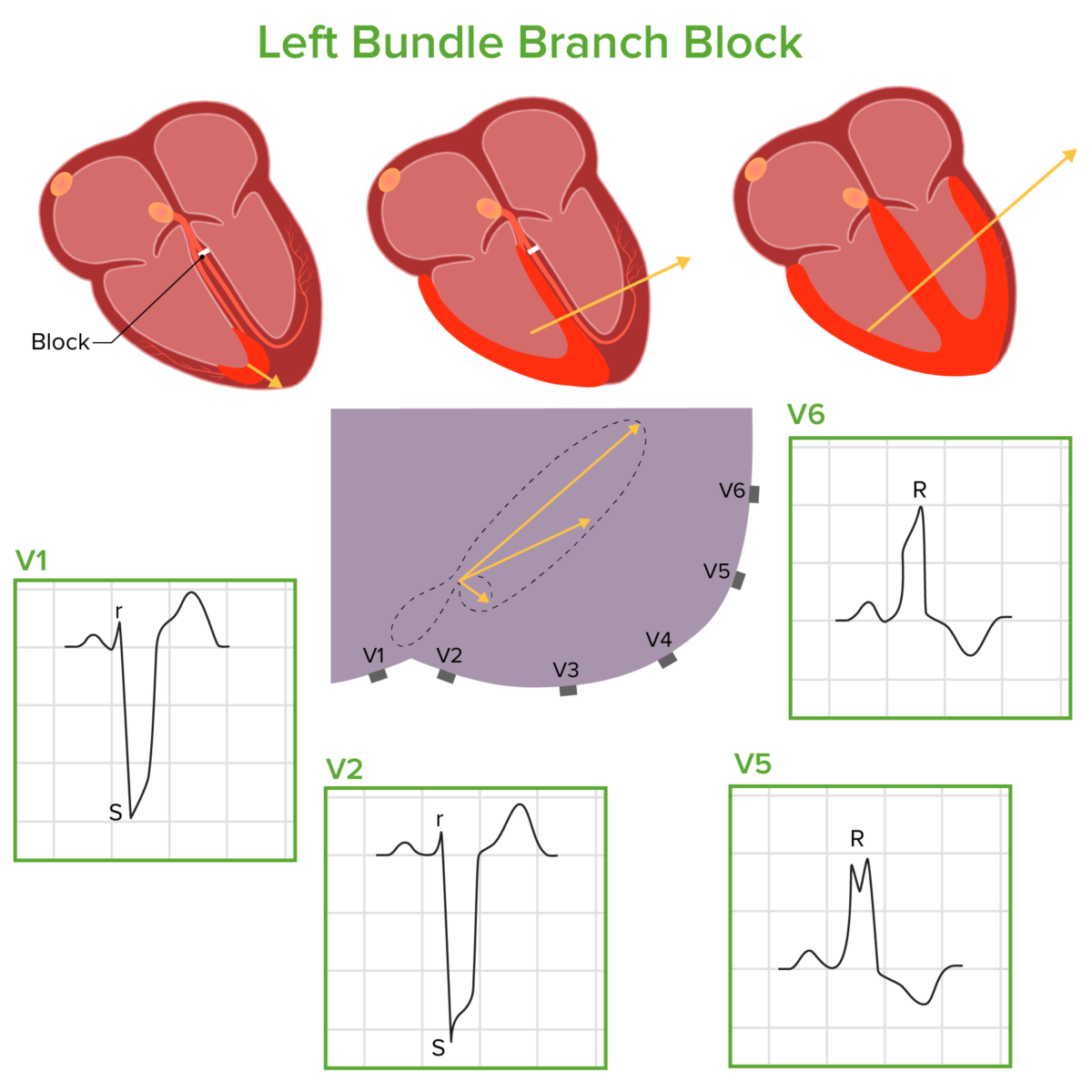
Classification and Epidemiology Classification Bundle branch and fascicular blocks are classified on the basis of where the disruption occurs within the His-Purkinje system. Epidemiology Etiology RBBB LBBB LAFB and LPFB These fascicular blocks can occur because of many of the same causes of RBBB or LBBB, most notably: Pathophysiology Normal physiology Bundle branch blocks Fascicular […]
Antineutrophil Cytoplasmic Antibody (ANCA)-Associated Vasculitis
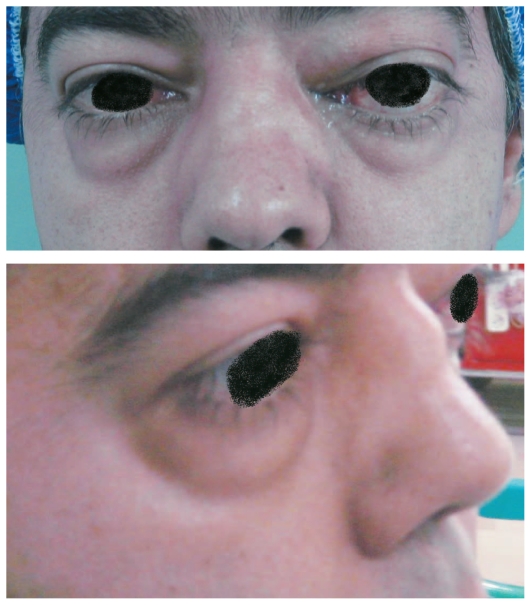
Overview Definition Antineutrophil cytoplasmic antibody (ANCA)-associated vasculitis (AAV) is characterized by necrotizing small-vessel vasculitis and a positive ANCA test without significant immune complex deposition. Background Antineutrophil cytoplasmic antibodies (ANCAs) are: There are 2 clinically significant subtypes of ANCA: The presence of ANCA (i.e., a positive ANCA test): ANCA positivity is associated with autoimmune disease processes […]
Locked-in Syndrome
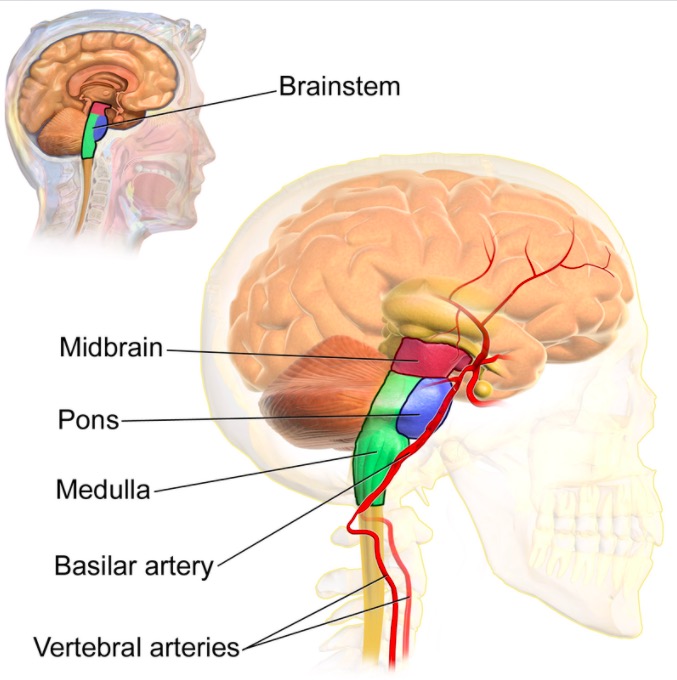
Overview Definition Locked-in syndrome (LIS) is a rare neurological disorder in which patients are awake and conscious but are unable to move their limbs or speak due to pathology affecting the brainstem. Classification Epidemiology Etiology Pathophysiology Ischemic or hemorrhagic stroke can affect the vulnerable territory at the paramedian base of the pons. The tegmentum (ventral […]
Von Hippel-Lindau Disease
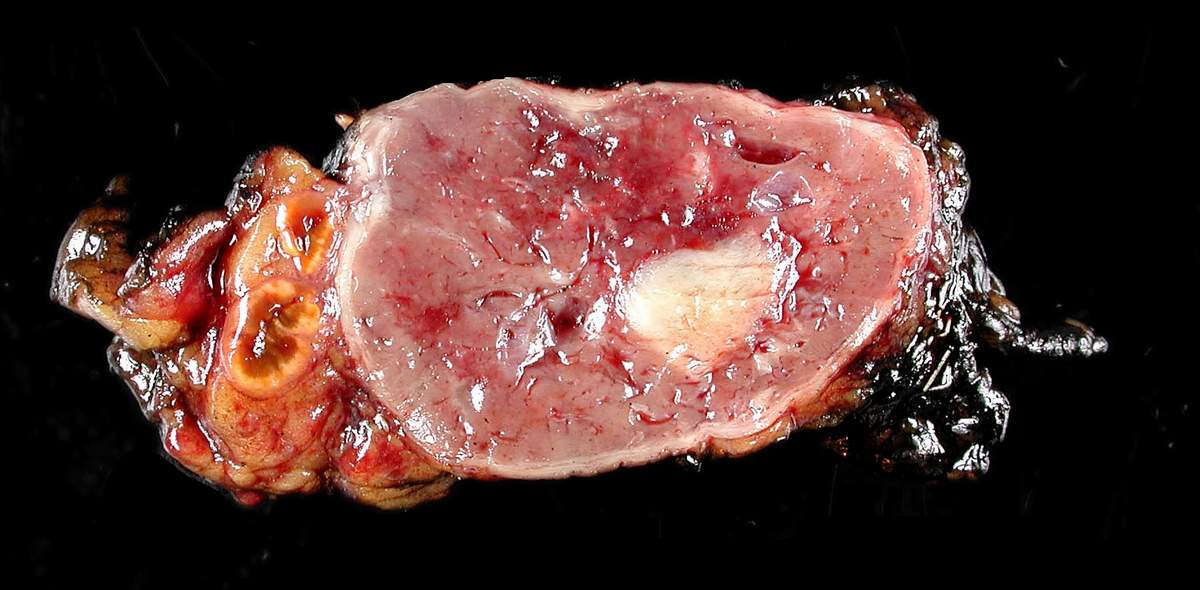
Overview Definition Von Hippel-Lindau (VHL) disease is an autosomal dominant disorder characterized by hemangioblastomas of the retina and CNS; cysts involving the kidneys, pancreas, and epididymis; renal cell carcinoma (RCC); pheochromocytomas; and pancreatic islet cell tumors. Etiology Epidemiology Classification Pathophysiology Clinical Presentation The presentation varies depending on the size and location of the tumor. Family […]
Tuberous Sclerosis
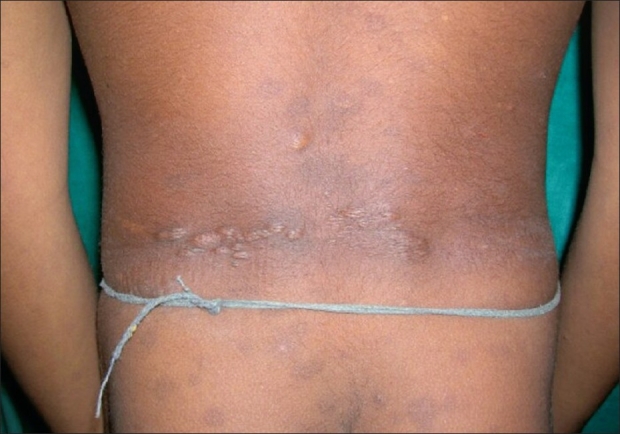
Overview Epidemiology Etiology Pathophysiology Clinical Presentation Dermatologic features (95%) CNS features (70%) Cardiopulmonary features (40%) Renal features Ophthalmic features (30%) Diagnosis No single clinical presentation of TSC is considered diagnostic. Diagnostic criteria for TSC Management CNS manifestations Cardiac manifestations Renal manifestations Skin manifestations Eyes and dental manifestations Respiratory manifestations Differential Diagnosis References
Ischemic Cell Damage
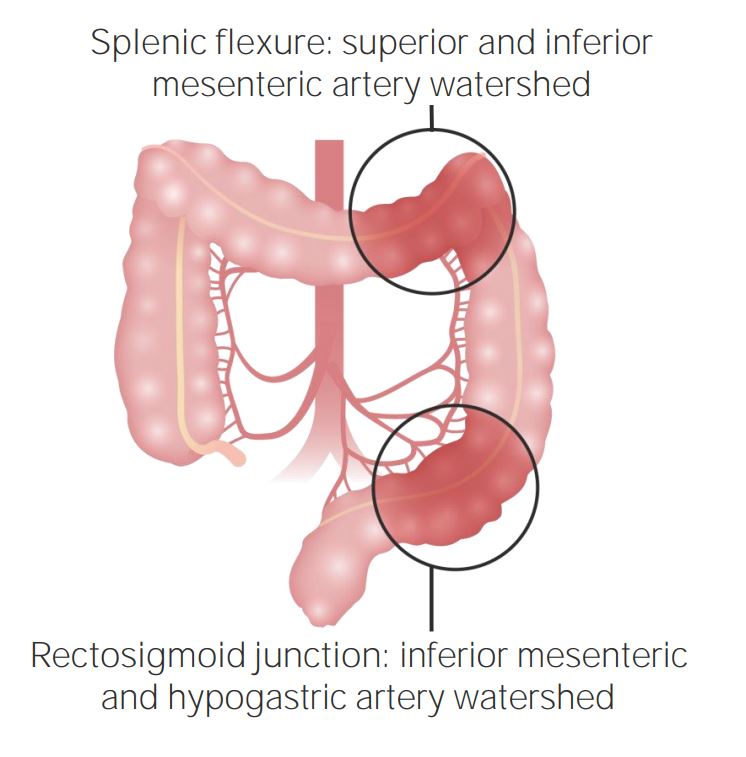
Overview Definition Ischemic cell injury is damage arising from a decrease in blood flow, which leads to hypoxia, lack of nutrients, and accumulation of toxic metabolites. Cell injury In cell injury, either the cells either cannot adapt or the maximum adaptive response to physiologic or pathologic stimuli is exceeded. Ischemia and reperfusion injury are 2 […]
Atypical Parkinsonian Syndromes
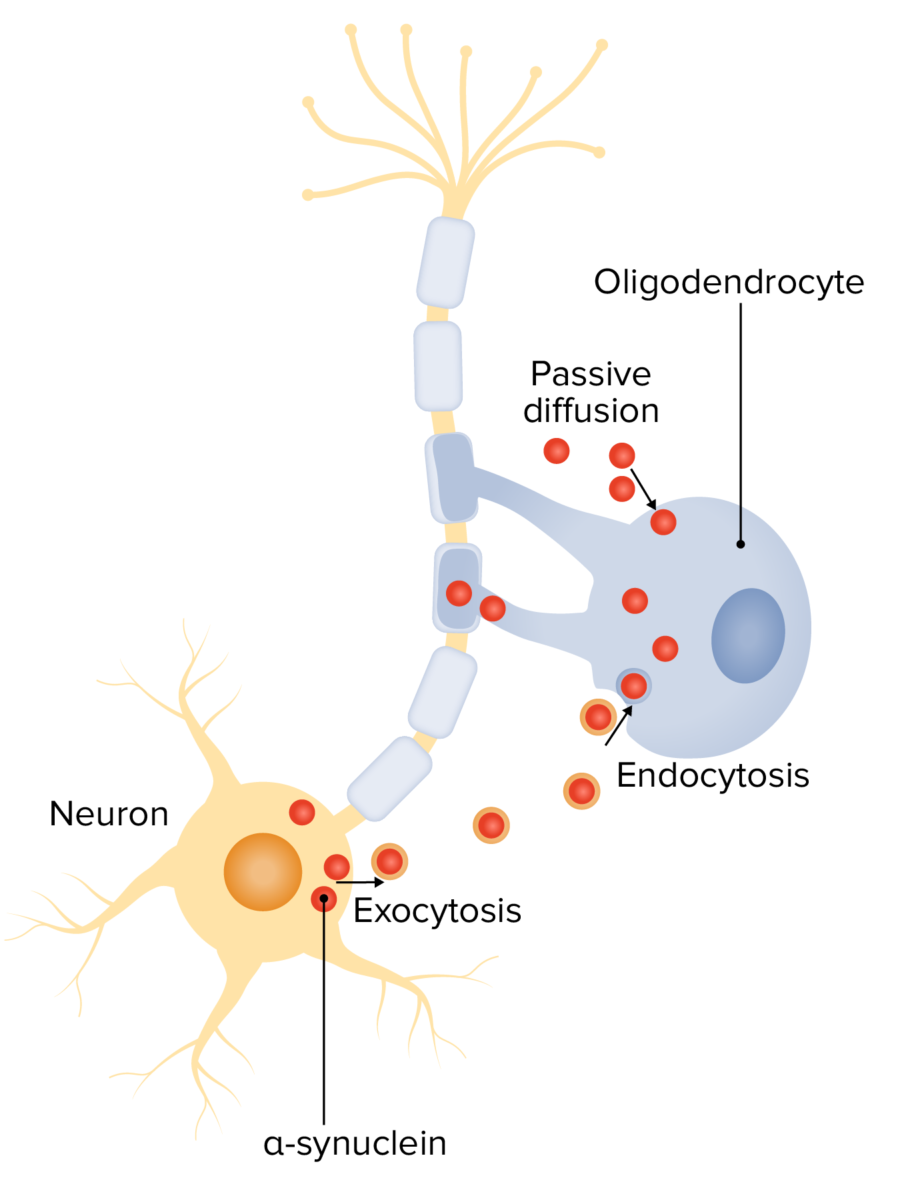
Progressive Supranuclear Palsy Definition Progressive supranuclear palsy (PSP; also known as a Parkinson-plus disorder) is a degenerative movement disorder that affects the brain stem, basal ganglia, diencephalon, and cortex, causing gaze dysfunction, extrapyramidal symptoms, and cognitive dysfunction. Epidemiology and etiology Pathophysiology Clinical presentation History: Physical examination: Diagnosis Initial diagnosis requires fulfillment of diagnostic criteria for […]
Diffuse Proliferative Glomerulonephritis
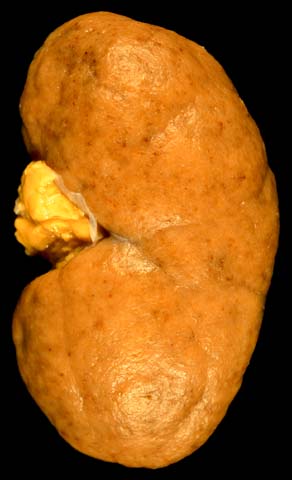
Overview Definition Diffuse proliferative glomerulonephritis (DPGN), a histopathologic classification of glomerulonephritis (GN) commonly associated with autoimmune diseases, is characterized by an increased cellular proliferation affecting > 50% of the glomeruli. Etiology Epidemiology Pathophysiology Mechanism of injury Effects Clinical Presentation General manifestations Presentations vary considerably, with most symptoms occurring because of the decrease in GFR caused […]
Penile Anomalies and Conditions
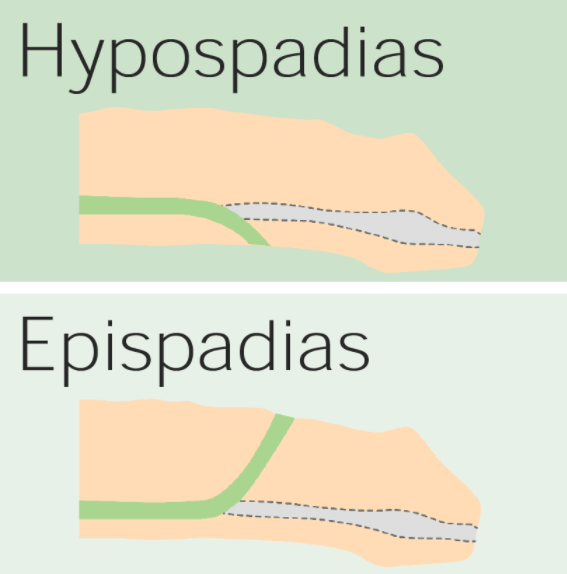
Overview Anatomy The penis is made up of: Classification Penile conditions can be classified on the basis of the affected region of the penis: Epispadias and Hypospadias Epispadias Hypospadias Phimosis and Paraphimosis Phimosis Paraphimosis Balanitis Definition and epidemiology Etiology Clinical presentation Diagnosis Management Complications Peyronie Disease Definition Peyronie disease is a penile deformity caused by […]
Chronic Shoulder Pain
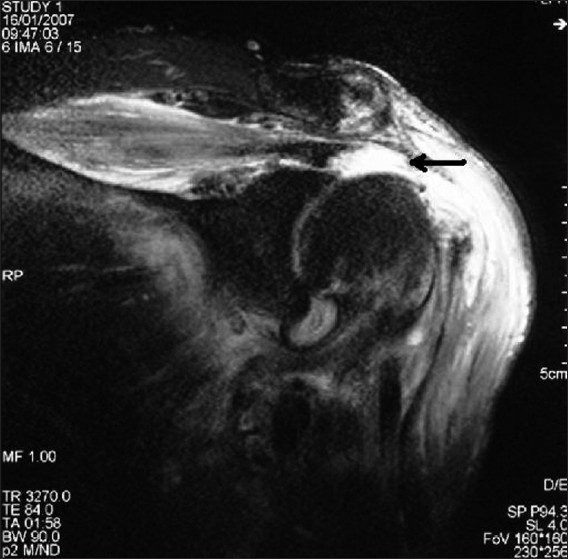
Overview Epidemiology Etiology Anatomy of the shoulder joint Mnemonic: SITS: Supraspinatus, Infraspinatus, Teres minor, Subscapularis Evaluation of Chronic Shoulder Pain History Physical exam Imaging Imaging studies might be helpful to support or confirm the diagnosis: Important Causes and Management of Chronic or Subacute Shoulder Pain Rotator cuff pathology Other shoulder pathology Biceps tendinopathy or rupture: […]